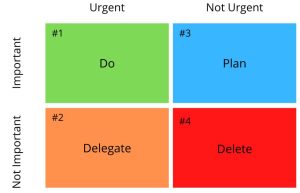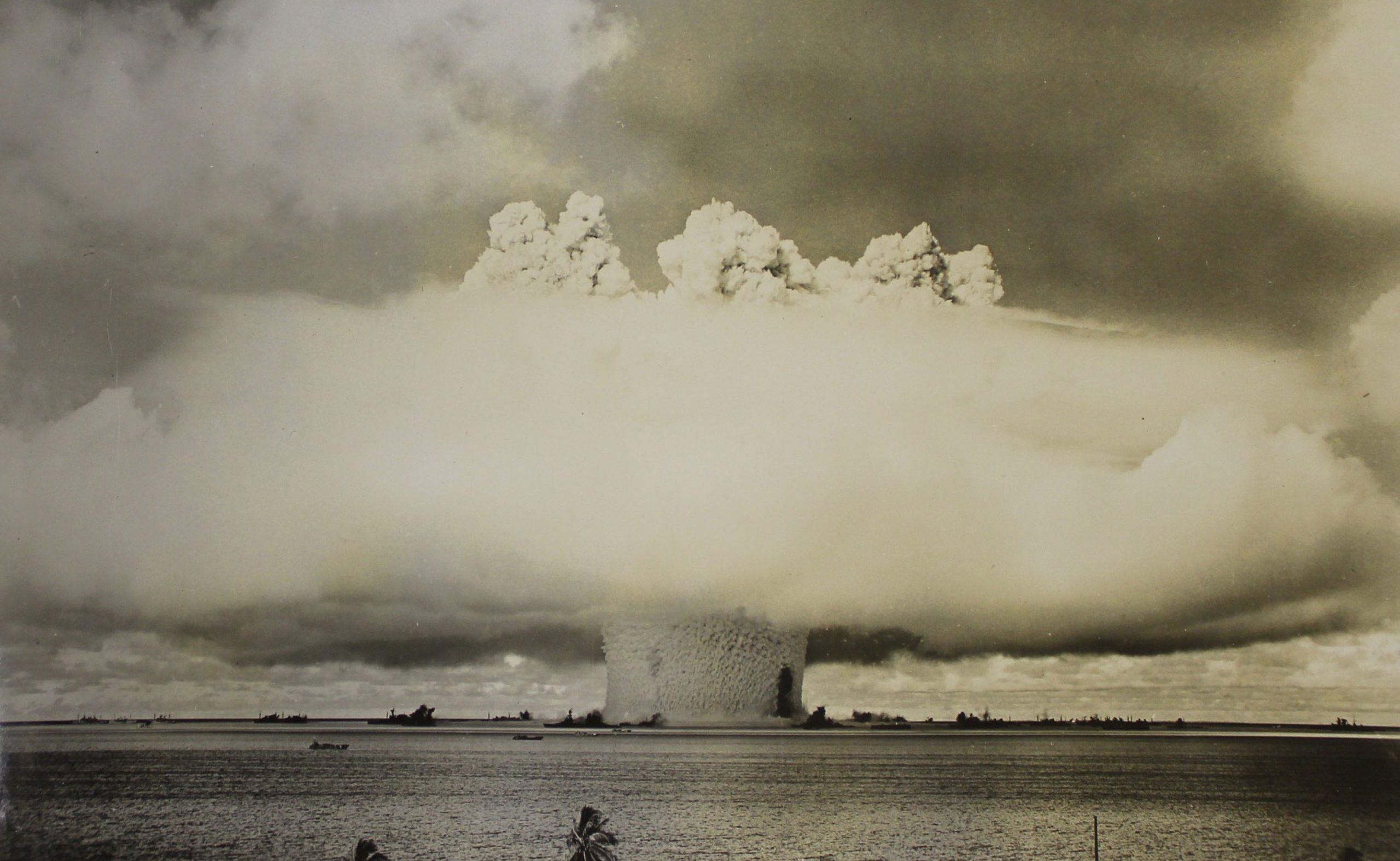When someone claims not to be making a decision, they actually are making an important decision to use a timeline different from what others are using. By not making a choice at the time prescribed, they instead use time and energy in a different manner. This approach might confuse someone new to a situation, however, and so revisiting decision making often is necessary.

Perhaps the most famous U.S. model of decision making is President Dwight D. Eisenhower’s four quadrant decision-making matrix. It forces people to consider whether a choice is important versus urgent. As simple as it sounds, the model’s applications can be infinite.
The two-dimensional matrix has two axes. On the horizontal axis is urgency. Urgent decisions are time-based and often out of the person’s control. In medicine, for instance, there is the “golden hour” of treatment. The rule of thumb is that when a medical emergency happens, medical professionals have one hour to treat and stabilize the patient. The human body, in many ways, can sustain itself for one hour.
At the other end of the medical spectrum might be life expectancy. If someone is forecast to live 100 years, there is no need to counsel them on geriatrics when they are a teenager.

The vertical axis is importance. For example, in the field of business, it is important to have a budget in order to determine the resources required. Without a budget, no firm plans can be made, and no one knows what the priorities are. And without a budget, being nice might be helpful, but management will not operate effectively. Budgets determine priorities and allocate resources, and the type of paper a budget is written on, for instance, is not important.
Placed together, the two axes offer four sets of potential decisions: do, delegate, plan, and delete.
The lowest quadrant on the right shows that when some decision is not important and not urgent, the decision can be made at a later time — in other words, deleted for now. When in the upper and left-most quad, a decision is both urgent and important, and must be made immediately. (Famously, these are the “brinkmanship” decisions. The Cuban Missile Crisis is the event most often studied and used by historians to explain the decision-making process, and it prevented the end of the world.)
In the case where a decision is not important to one person given their overall authority, but it is urgent, delegation can be used to train others or move the decision closer to someone who understands the impact.
And, lastly, when a decision is important but not urgent at the time — as shown in the top right quadrant — it is too easy to push off until a later date (that is, plan to do it sometime later). Some people call this the classic “death by a thousand cuts,” where less time-sensitive choices seem to become more important than, for example, planning completion of a budget process. Keep in mind that if everything is important, then nothing is important.
By considering what decisions are most urgent and critical, you can make thoughtful, timely choices that drive the organization and guide your own calendar. The Eisenhower decision-making matrix can help you.
Christopher Rabzak is the founder of CRXJEM Consulting LLC, a management consulting firm that focuses on technology companies. Chris received his Aerospace Engineering degree from Penn State University, and worked in private industry for Teledyne Ryan and Boeing, as well as government entities including NASA. Chris earned an MBA and a JD from Widener University. He founded CRXJEM in 2008, and works with tech firms, develops continuing legal education courses to help attorneys understand how technology works, and is a certified continuing legal education provider in Pennsylvania. He is currently forming an international advisory board for a growing tech company.





Leave a Reply
You must be logged in to post a comment.